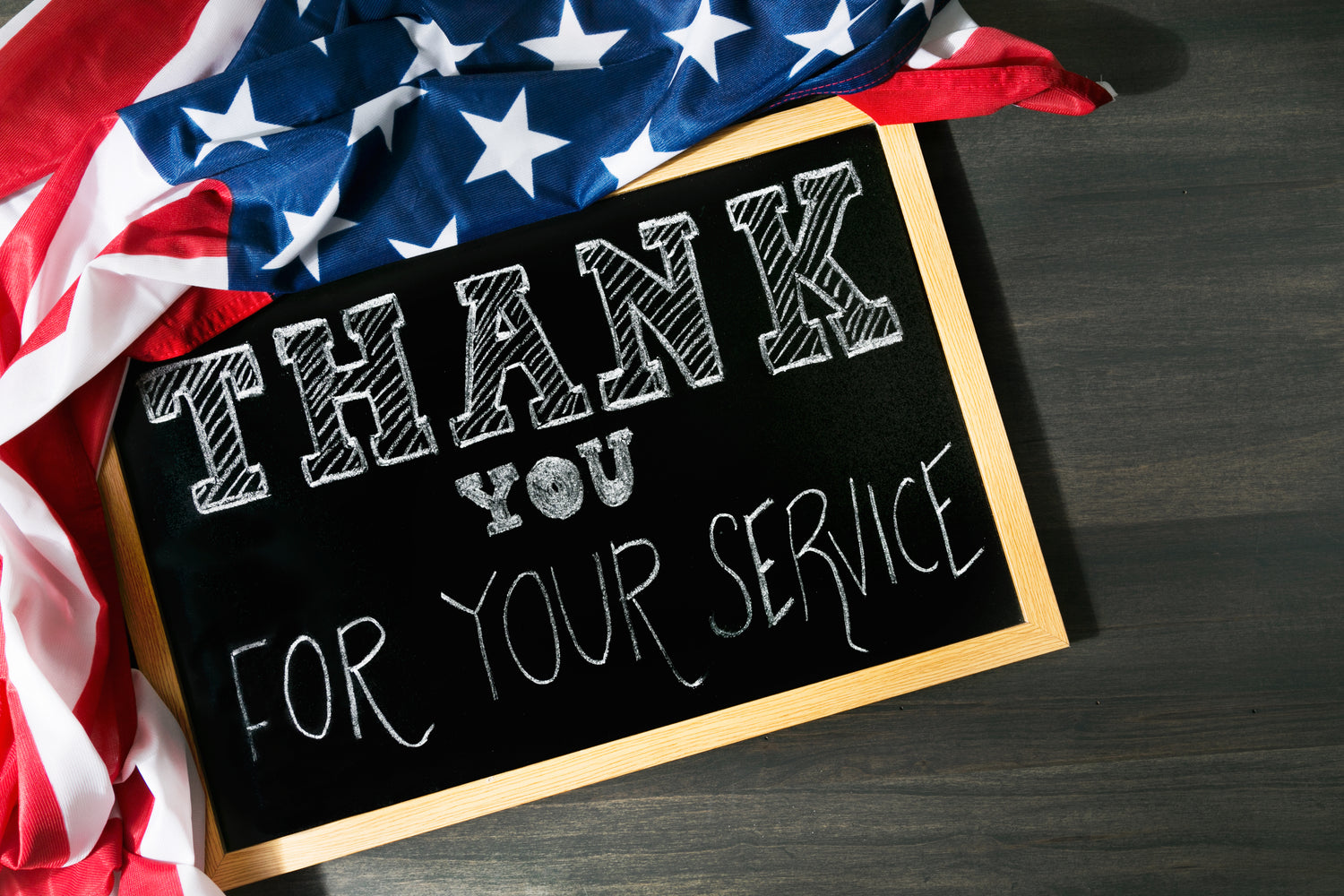Flight Training
Depending on your goals, age, experience, availability and whether or not you were in the military there are numerous routes you can take to achieve your dream of becoming a pilot, regardless of if you want to make a career out of it or want to fly simply for fun.

Prospective student pilots can learn to fly through:
- A Certified Flight Instructor (CFI) operating individually at a local airport
- An independent flight school
- A flight school through a university or college
- Military

Goals
Do you want to fly for a career or simply for fun? If you want to fly for a career and know exactly what type of piloting job you want, there may be an existing program that can get you there in as little time as possible. For example, if you want to become an airline pilot for a particular airline, that airline may have a program to ‘fast-track’ you to a job with them.

Age
If you want to become a career pilot and are still in high school, do you want to get a degree in aviation? There are colleges and universities that have their own pilot programs, and some are even partnered with airlines to . Plus, your education may qualify for FAFSA funding.

Veteran Status
Do you have GI Bill funding for tuition? Some flight schools and universities with a flight school operating under 14 CFR Part 141 accept payment via the GI Bill for veterans.

Expendable Income & Availability
If attending a part-time program, do you have the expendable income to pay for consistent flight training? Being able to fly on a consistent basis allows you to retain flying skills, while inconsistent training may cost you more in the long run (by requiring additional flights to feel prepared for the checkride).
If attending a full-time program, do you have the expendable income to pay for living expenses? Check out our Budget Calculator for a helpful way to financially plan for flight training.
14 CFR Part 61 vs. 14 CFR Part 141
Aviation regulations exist within Title 14 of the Code of Federal Regulations (CFR). Within 14 CFR are numerous “Parts” pertaining to different topics (ex. airmen, aircraft, airspace, schools, etc.).
Pilots can be certified (i.e. receive their private pilot, commercial pilot, ATP certificates) under 14 CFR Part 61 or 14 CFR Part 141, depending on the particular school/training program. Instruction provided by a CFI/CFII not affiliated with a school usually falls under 14 CFR Part 61.
14 CFR Part 61 allows variation and customization of the flight training to suit the individual needs of each student pilot. Typically, the “ground” knowledge requirements are met via self-study programs.
14 CFR Part 141 is highly structured and strictly follows a flight training syllabus, which allows for the possibility to complete the training in a shorter amount of time. The ground knowledge can be taught by a CFI/CFII or through the use of an approved 14 CFR Part 141 online school. Some 14 CFR Part 141 flight schools are accredited, meaning they can accept federally funded tuition.
Some of the airline programs operate under 14 CFR Part 61 while others operate under 14 CFR Part 141. Also, some of these programs operate out of a flight school that they either own or partner with and some partner with universities. Some want you to have zero flying experience so you come in as a blank slate and they can teach you their preferred flight habits from the beginning, while others are fine with you already having your Private Pilot Certificate.
The route you choose will depend on your time/budget/level of motivation, but both options will provide you with comprehensive training and, if you want to become a career pilot, can lead to the same employment opportunities.
